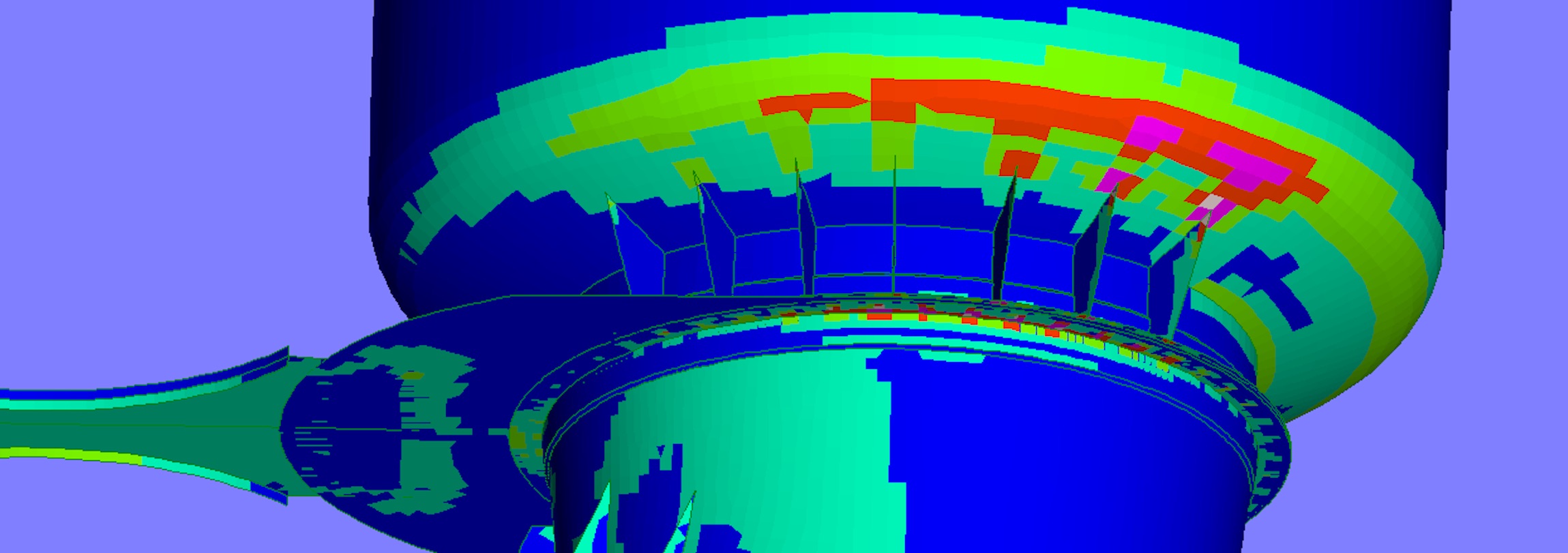AMOG's client had experienced challenges due to structural failures of the solar collector drive mechanism for their Renewable Energy Dish Concentrated Photo Voltaic (DCPV) Substation at their test facility in Victoria, Australia.
AMOG was engaged to conduct an investigation in order to establish the cause of the failures and to support Solar Systems in achieving the required resource accumulation by establishing safe operating limits for their client operated dish structures.
The failure investigations consisted of a review of the design and available structural test data, and the conduct of detailed structural FEA to establish the capacity of the failed structures. Investigations were also conducted to establish the expected pressure distributions and net loads on the dish structure, as a function of dish elevation and wind speed and azimuth, addressing the previous structural design allowances for the full static loads and dynamic effects on the structure, associated with wind gusts.
As a result of the study, AMOG specified and implemented an in-field monitoring campaign to measure structural strains and accelerations under varying wind conditions. This quantified the structural dynamic responses as a function of wind, of varying speed, and azimuth for a range of dish operating elevations. Employing the insights from this data, a safe wind operating regime was specified for the company's commercial sites, ultimately achieving an increased solar resource accumulation target.

